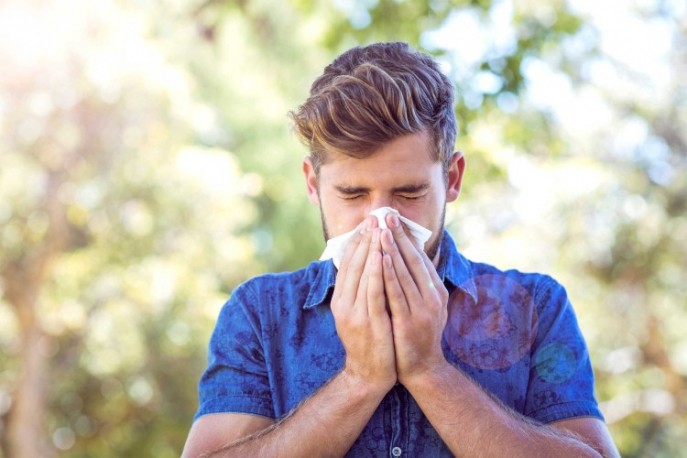6 Ways To Combat Hay Fever
October 11 2017
It’s Spring! The mornings are warmer, the days are longer, the birds are singing and the flowers are blooming, but it’s also the time of year for allergic rhinitis or what is commonly known as hay fever.
Hay fever or allergic rhinitis hit most hard during spring and summer as the air becomes filled with pollen. This is most commonly the time when people’s immune systems react, resulting in symptoms such as itchy eyes, sneezing, and a runny nose.
So how do you control the symptoms of this allergy? Here are tried and tested tips that can be taken to reduce your suffering:
1. NOSE SPRAY
Intranasal corticosteroid sprays are one of the most effective treatments for allergic rhinitis as these contain steroids that reduce inflammation of the nasal membranes to keep the nose clear. You can buy them over the counter, but stronger sprays require a prescription.
2. IMMUNOTHERAPY
Allergen immunotherapy requires long-term commitment but gives long-term results, It’s typically offered to anyone over the age of five with severe allergic rhinitis. Treatment usually lasts for up to five years.
3. ANTIHISTAMINES
Your immune system produces histamine to protect cells from infection, but in the case of an allergic reaction, it mistakes something harmless such as pollen as a threat. Antihistamines are also available without a prescription and they work by preventing histamine from affecting your cells. Antihistamines work well for sneezing and itchy eyes but aren’t as effective as sprays for treating a blocked nose or sinuses.
4. ANTI-INFLAMMATORY DIET
Hay fever is driven by inflammatory mediators so reducing inflammatory foods such as sugars, refined grains, and flours, and hydrogenated or seed oils can help. A diet full of coloured vegetables and fruit that has high in vitamin C (nature’s antihistamine) can ease symptoms, as can the anti-inflammatory omega-3 fatty acids found in fish, chia, avocado and olive oil.
5. KEEP YOUR HOME CLEAN AND DUST FREE
Avoid high-pile/shag carpets which trap dust pollen and other allergens. Choose low-pile, closes weave carpets or even better, choose floor coverings that are easy to keep clean and dust-free, such as tiles, polished timber floorboards, floating floors, and vinyl, etc.
6. KEEP YOUR PETS OUT-SIDE
Long-haired dogs and cats are renowned for carrying large quantities of allergens in their fur. If your allergies are triggered by family pets, this can be a difficult problem. The heart says, keep the pet and the sinuses say get rid of the pet! Sometimes there is an alternative to getting rid of the pet, for example: Building an out-door residence (kennel, shed, pen or room).
—
For medical consultations, call to schedule an appointment with us at 03 5229 5192 (Myers Street Family Medical Practice), 03 5241 6129 (The Cottage Medical Centre), 03 5264 8838 (Torquay Medical Health & Wellness Clinic). For Corporate Care Program, visit Workplace Health & Safety Victoria.
